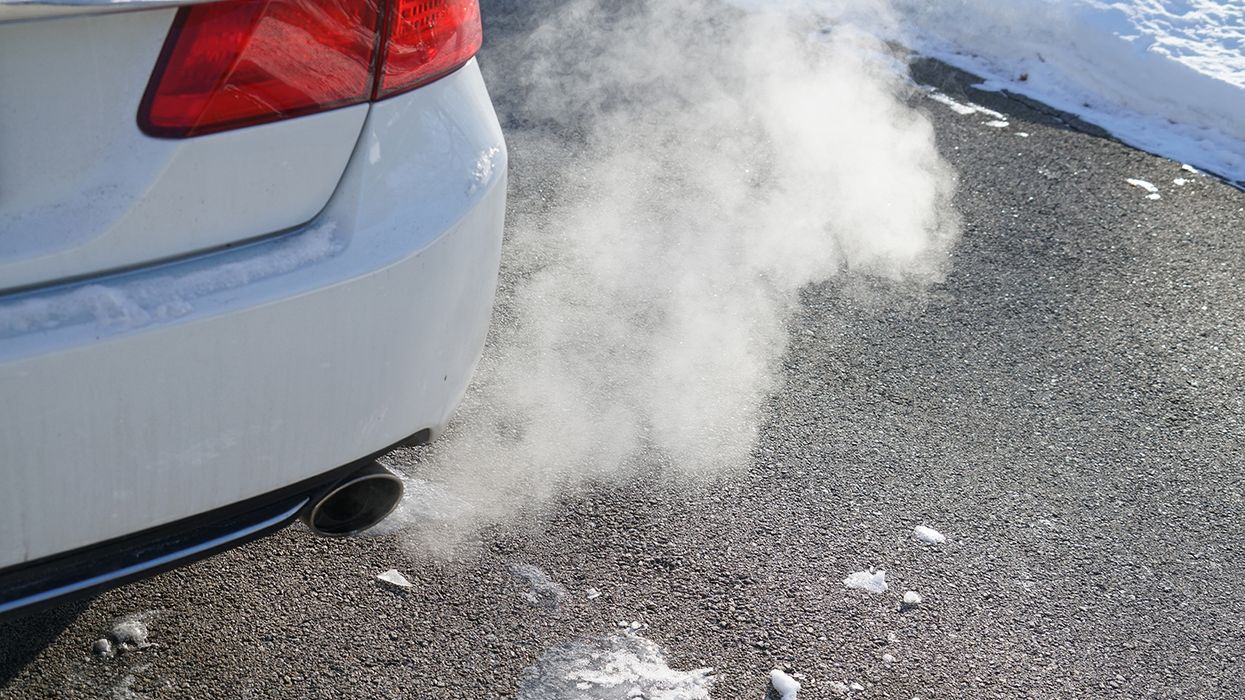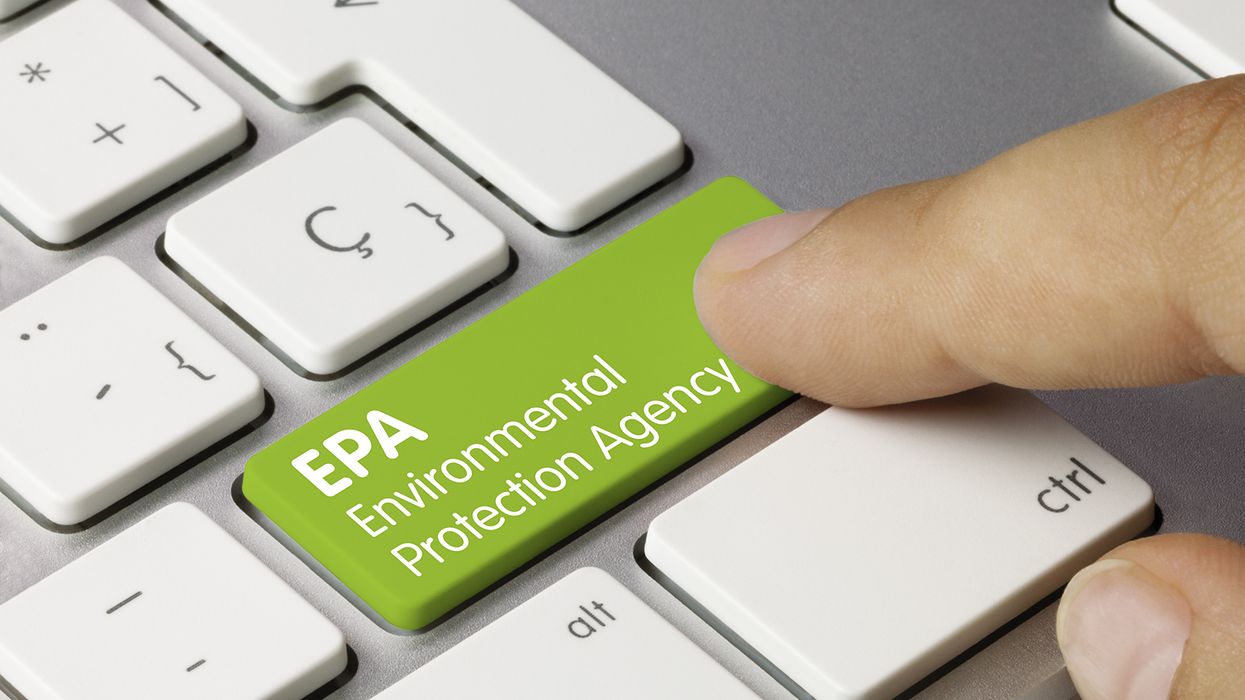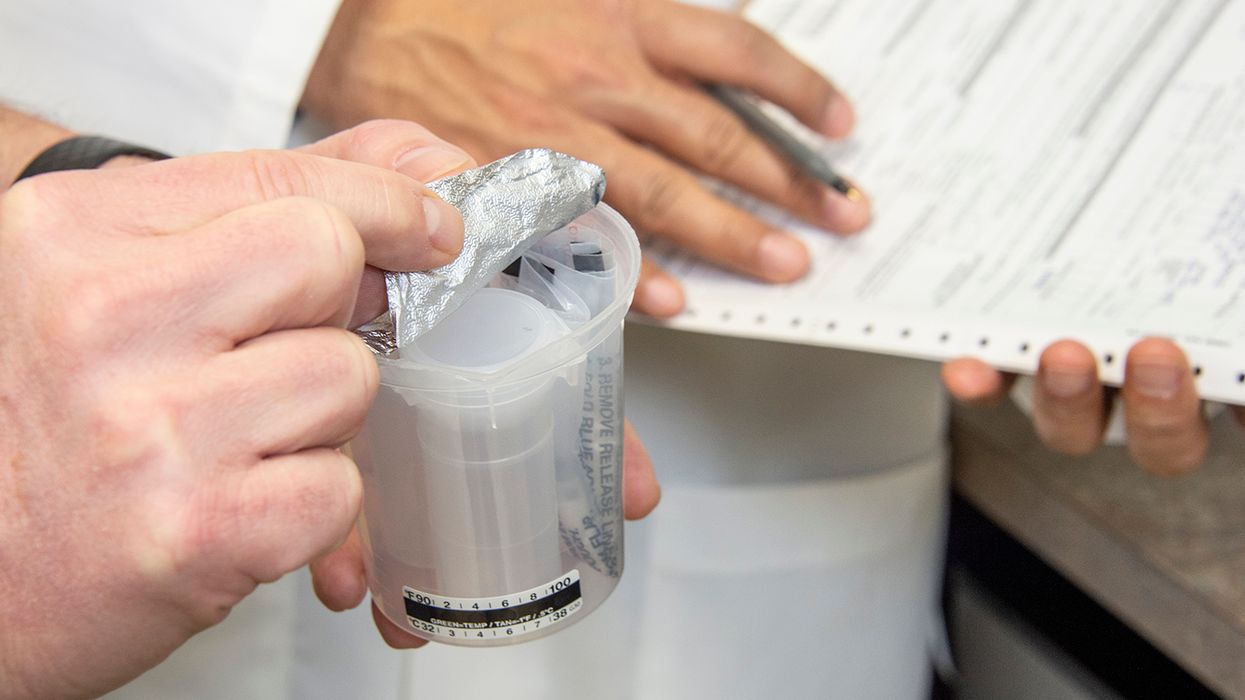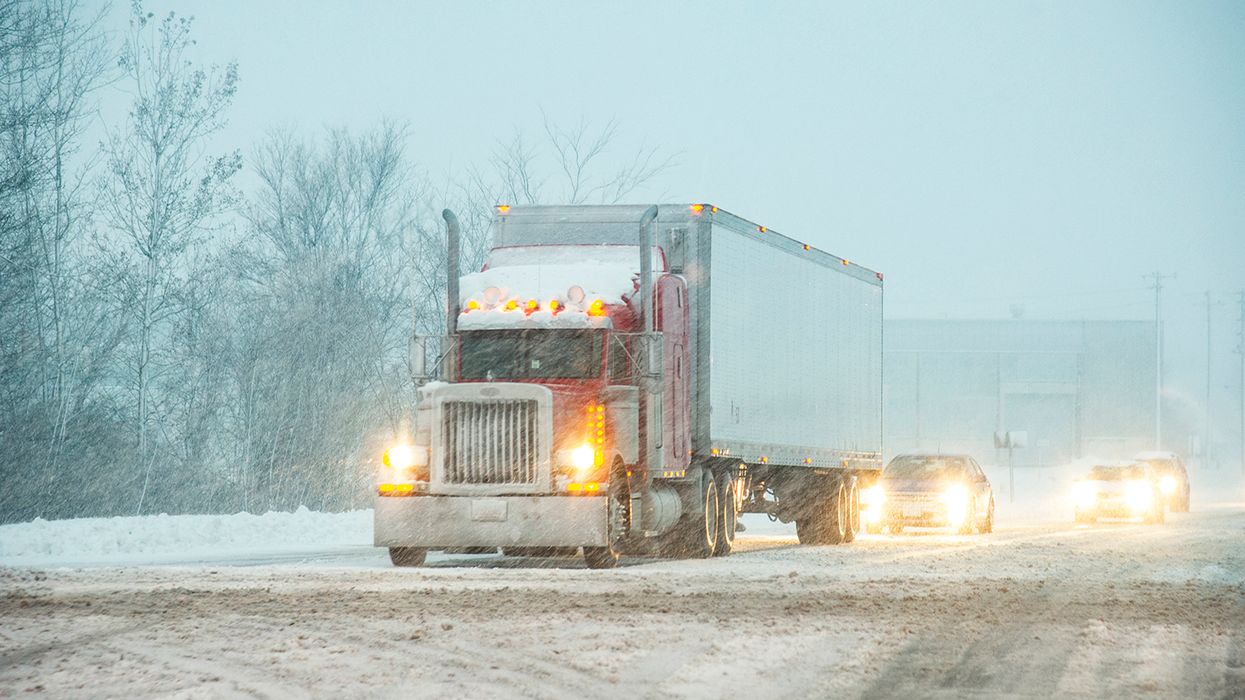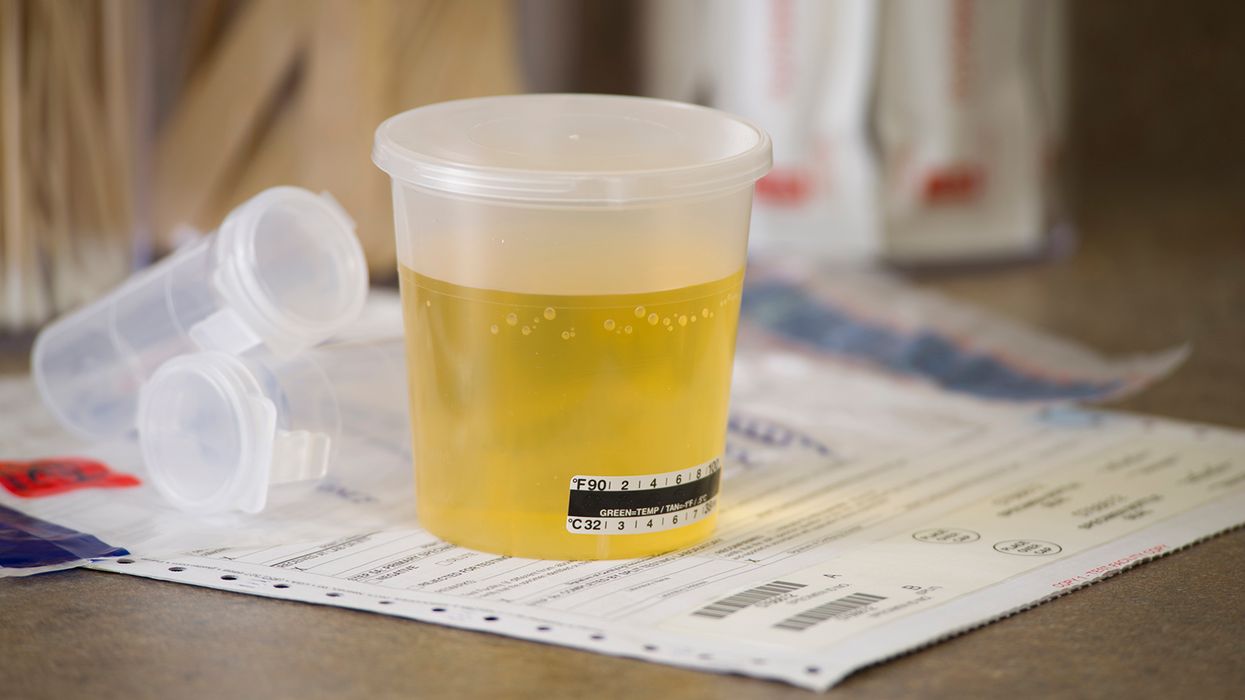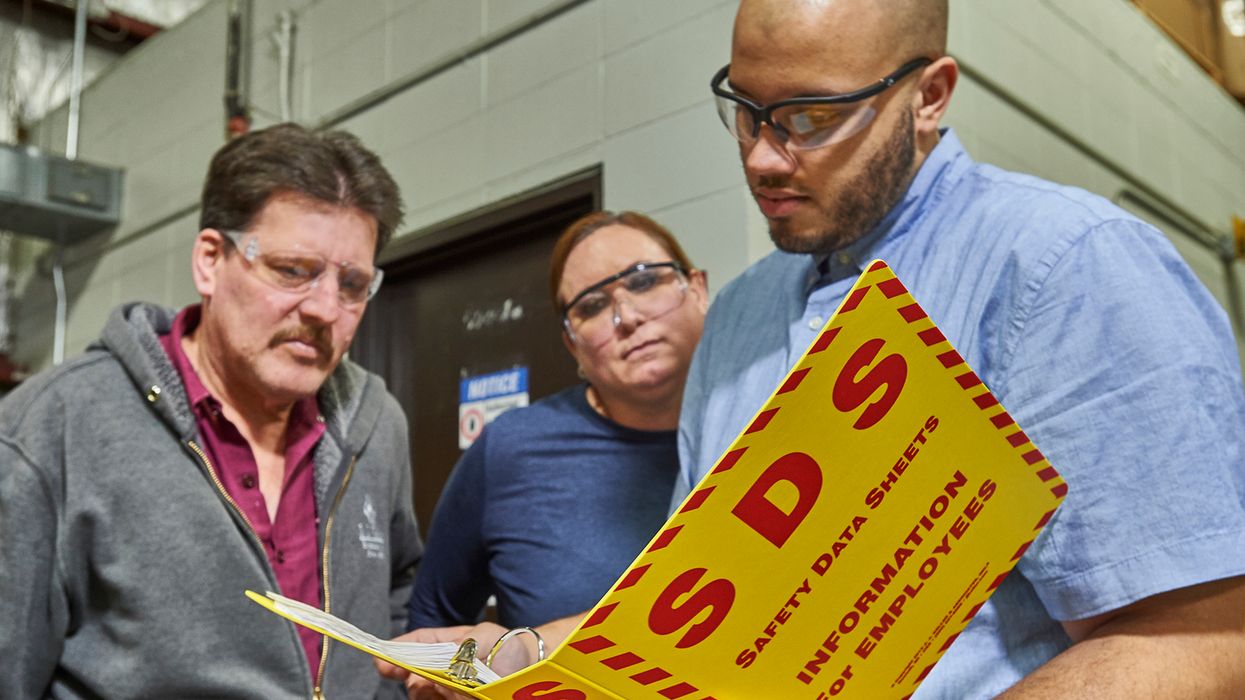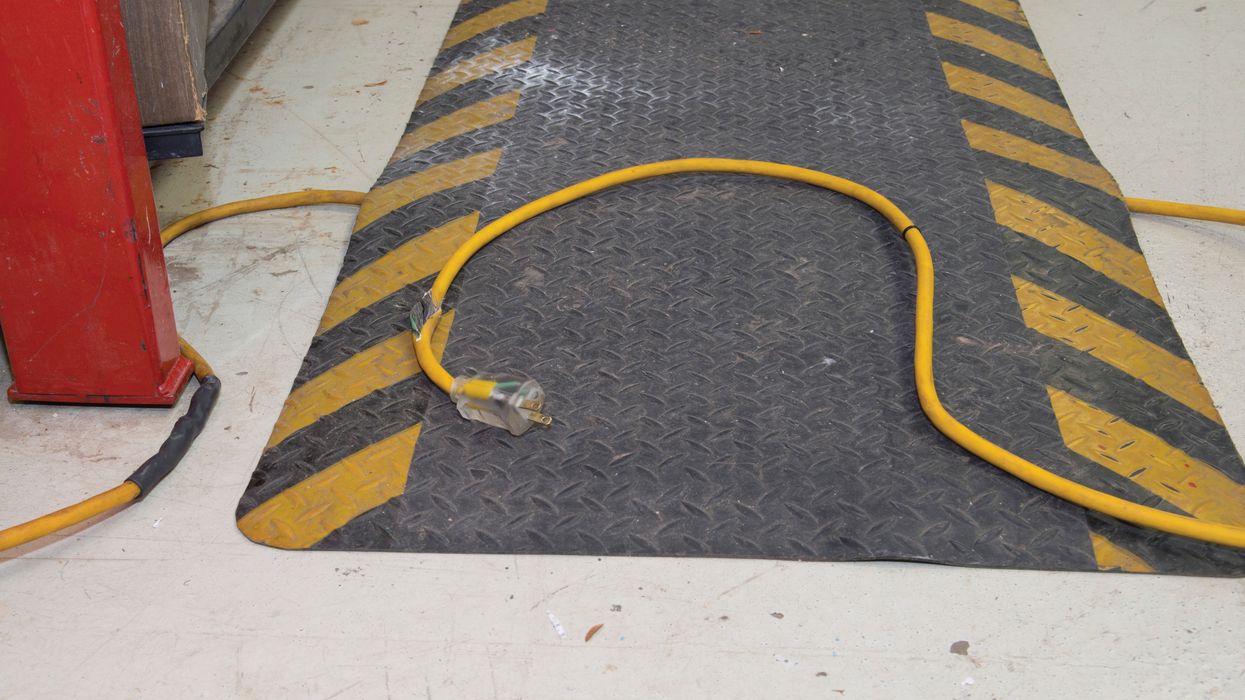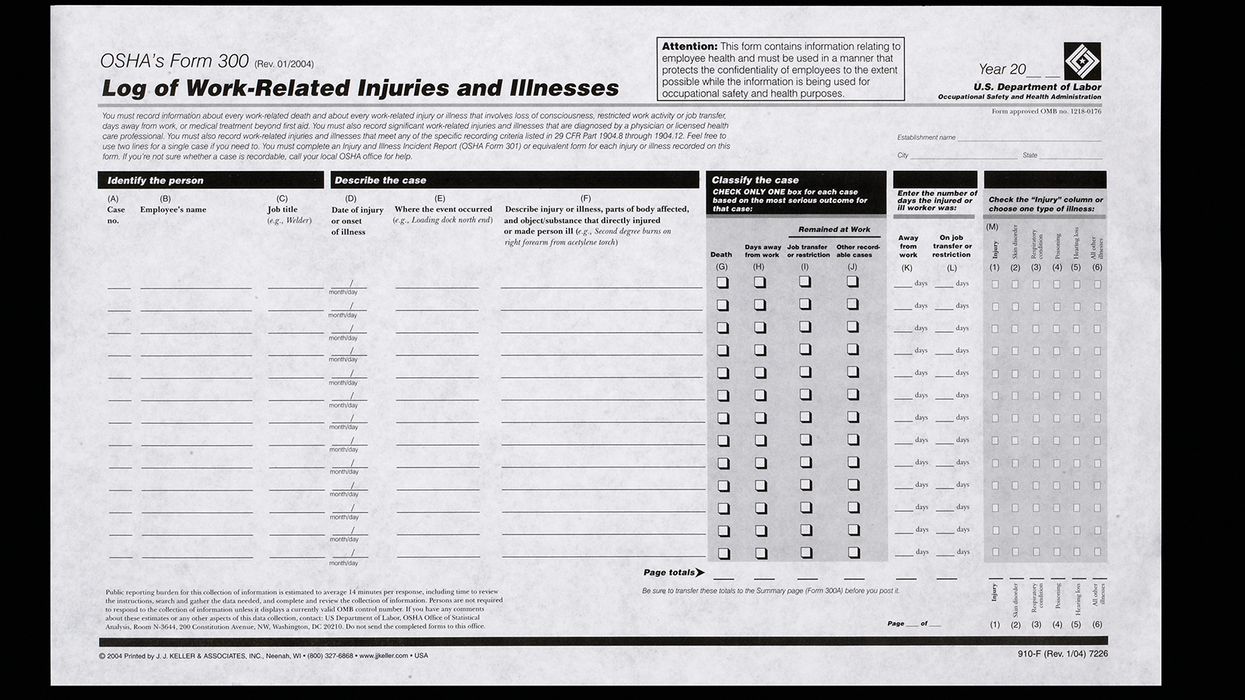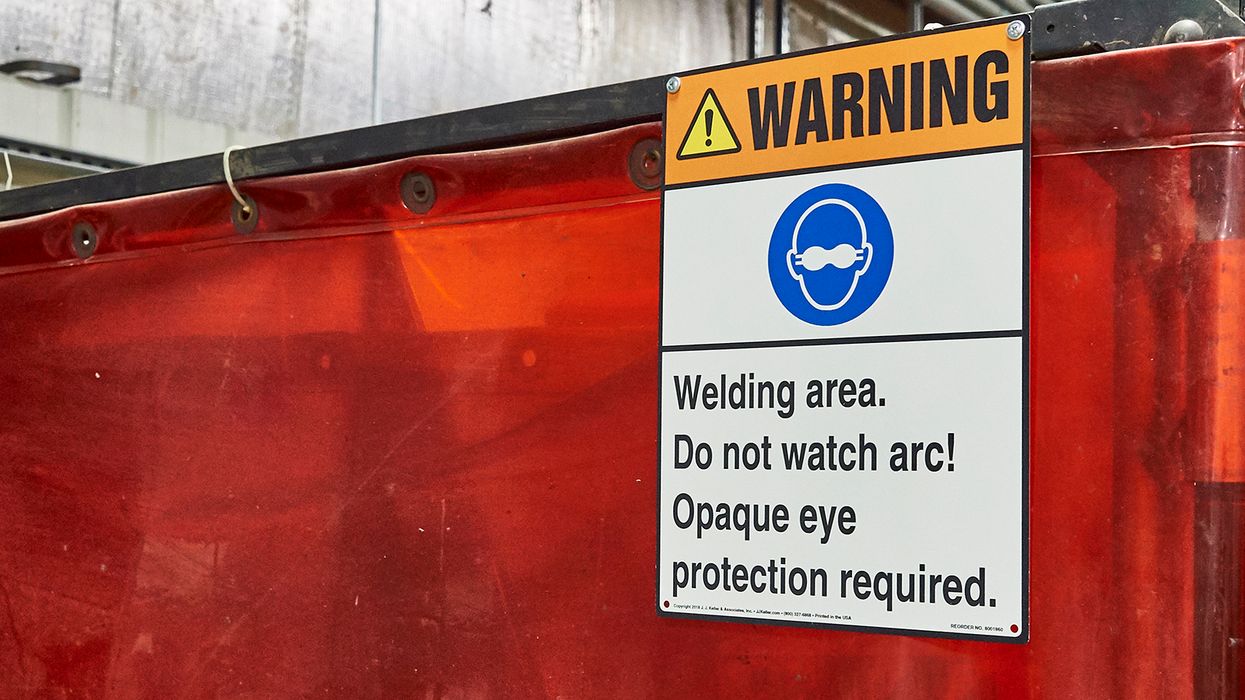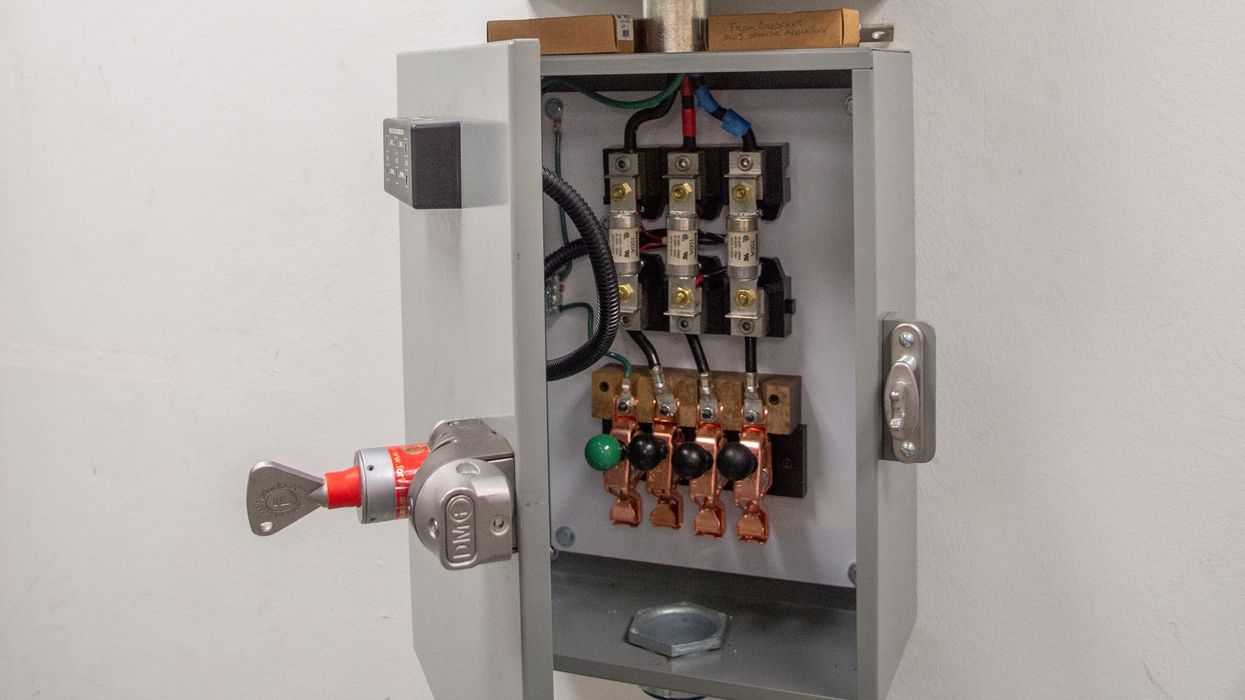Who’s in charge here? Are you covered by federal OSHA or a State Plan?
State Plans are OSHA-approved workplace safety and health programs run by individual states or U.S. territories. They must provide standards and enforcement programs which are at least as effective as federal OSHA. They also must provide public information programs, on-site consultations, and other initiatives to encourage voluntary compliance with state standards. Over half of states operate as State Plans.
Some benefits of being a State Plan include the ability to cover state and local government workers, enact stricter safety and health regulations, tailor the plan to address specific local industries and hazards, and provide quicker enforcement response times to workplace safety issues.
Location, location, location
Twenty-two states and territories have plans that cover both private sector and state and local government workers:
| Alaska Arizona California Hawaii Indiana | Iowa Kentucky Maryland Michigan Minnesota | Nevada New Mexico North Carolina Oregon Puerto Rico South Carolina | Tennessee Utah Vermont Virginia Washington Wyoming |
Seven states and territories have plans that cover only state and local government workers: Connecticut, Illinois, Maine, Massachusetts, New Jersey, New York, and the Virgin Islands.
Federal OSHA covers private sector workers in states without a State Plan. Federal OSHA also protects private sector workers in states with plans that only cover state and local government workers. By law, federal OSHA doesn’t have authority to safeguard state and local government workers, so in states without a State Plan, those workers may be left without protections. It’s a longstanding gap in the Occupational Safety and Health (OSH) Act.
Federal employers must comply with all OSHA occupational safety and health standards, or with alternate standards as outlined in 29 CFR 1960 Subpart C.
At least as effective as federal OSHA
State Plans must be at least as effective as federal OSHA. They may:
- Adopt federal OSHA laws and regulations as is;
- Adopt federal OSHA laws and regulations with changes, as long as those changes are equivalent to or more stringent than the federal; and/or
- Enact laws and regulations that go above and beyond the federal requirements.
Most State-Plan states adopt the federal laws and regulations as is or with few additional requirements, while some go significantly beyond. For a list of State-Plan state regulations, see https://www.osha.gov/stateplans/statestandards.
The biggest issue with State Plans occurs when federal OSHA issues a new standard or a more stringent amendment to an existing standard. State-Plan states typically have six months to adopt it or complete their own standard. They also may show OSHA why such action is unnecessary; for example, the state has an existing standard that’s at least as effective as the federal standard.
Effective June 27, 2025, Kentucky occupational safety and health standards will be limited to those enforced by federal OSHA. The state will no longer adopt, promulgate, or enforce rules that are stricter than federal OSHA.
Becoming a State-Plan state
Section 18 of the OSH Act gives states an opportunity to run their own occupational safety and health plan upon OSHA approval. To gain OSHA approval as a developmental plan, a state must demonstrate that within three years it will provide:
- Adequate legislation;
- Standards-setting;
- Enforcement and appeals procedures;
- Public employee protection;
- A sufficient number of competent enforcement personnel; and
- Training, education, and technical assistance programs.
When all development steps concerning legislation, resources, and other requirements have been completed and approved, OSHA then certifies that a state is able to operate effectively. Once a State Plan is approved, federal OSHA funds up to 50 percent of the plan’s operating costs. Massachusetts and Maine were the most recent states to receive federal OSHA authorization, in 2022 and 2023, respectively.
OSHA continues its monitoring and evaluation of the State-Plan state to assure it maintains its level of effectiveness. If this level declines, OSHA can begin proceedings to withdraw approval and to reinstate federal enforcement authority. OSHA conducts an evaluation of the 29 State-Plan states each fiscal year. Annually, the agency publishes its Federal Annual Monitoring and Evaluation (FAME) Reports.
In April 2022, OSHA announced a proposal to reconsider and revoke Arizona’s State Plan status due to what the agency said was a decades-long failure on the state’s part to keep pace with federal OSHA penalties and regulations. Following corrective actions by the Arizona State Plan, OSHA withdrew its proposal in February 2023.
Key to remember: If you’re an employer in a State-Plan state, it’s important to understand who’s covered by your state instead of federal OSHA and how the state’s laws and regulations may differ from federal OSHA.













































